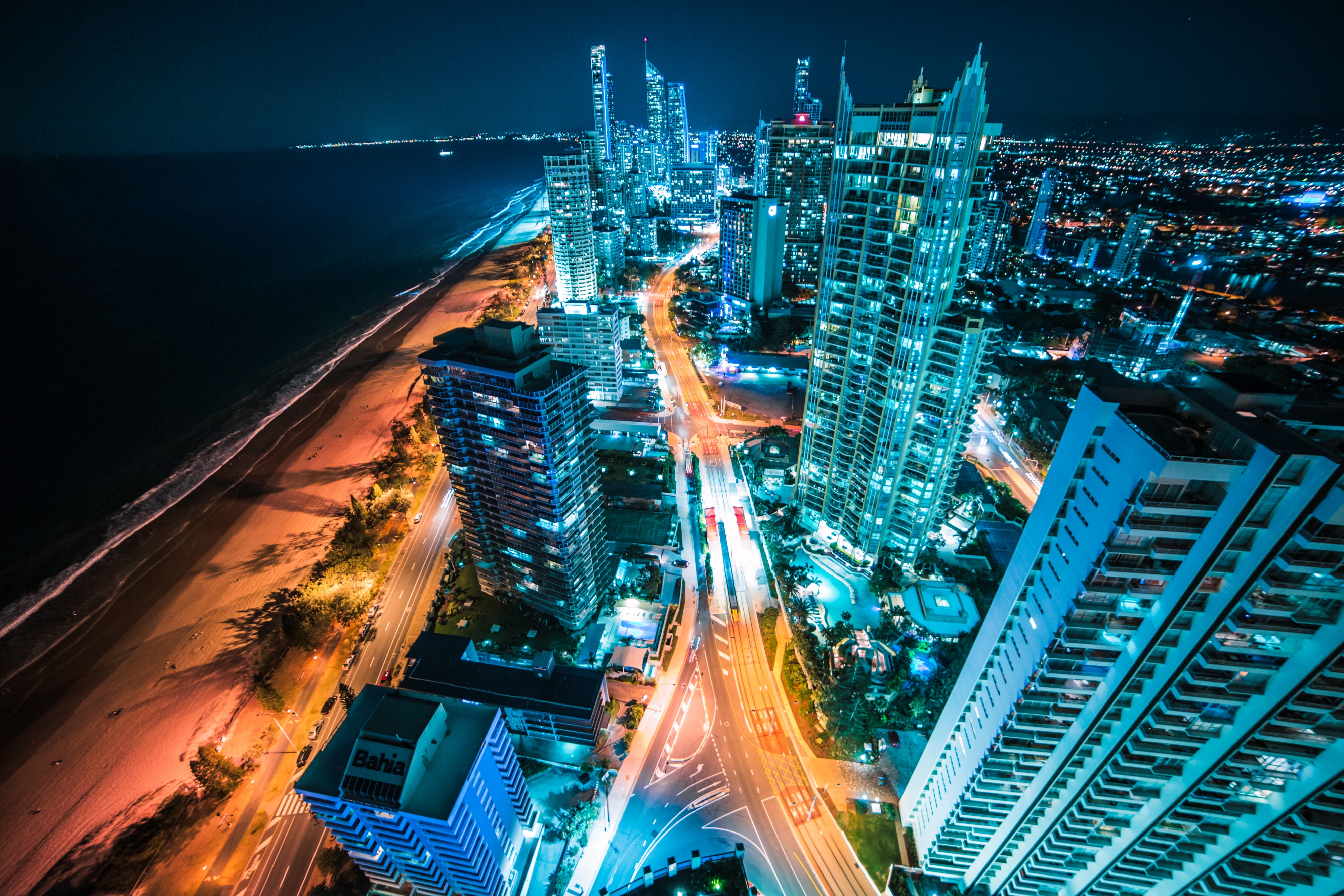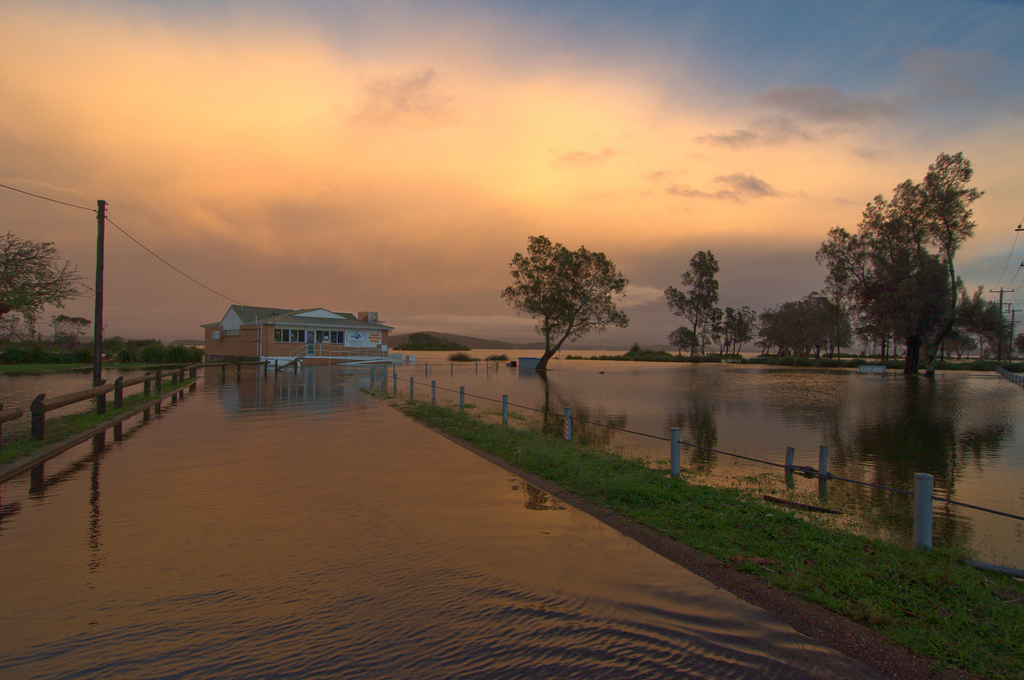What sea-level rise means for Australia
Around 85 per cent of Australia’s population lives close to the coast. Although we generally haven’t built right up to the shoreline, there is a lot of development along estuaries and coastal plains slightly inland from the beach. Many of these coastal plains are lower than the current high tide level, making them vulnerable to extensive flooding with an increase in sea level.
During the 20th century, average global sea level rose around 15 centimetres (150 millimetres). The average rate of sea-level rise was around 1.5 millimetres per year during the 20th century, but this rate increased to around 3 millimetres per year between 1993 and 2016.

As for the future, under a scenario of low future greenhouse gas emissions, average global sea level is expected to rise by 28–61 centimetres by 2100. This low emission scenario requires a significant and urgent reduction in greenhouse gas emissions. For a business-as-usual, high emissions scenario, the most confident prediction is for a rise of 52–98 centimetres, although it could possibly be higher than a metre (100 centimetres) if there is significant instability of the Antarctic ice sheet.
A general rule of thumb used by engineers and planners is that for each centimetre (10 millimetres) of vertical sea level rise we may see sandy beaches retreat by up to one metre. Although this rule varies from place to place, it has some fairly dramatic implications if we do see the full 98 centimetres of sea level rise—the upper end of the IPCC projected scenarios—by 2100.
Floods already cause significant damage in Australia. An increase in the frequency of coastal flooding events, as a result of a higher background sea level, has the potential to cause even more extensive damage.

Low-lying coastal ecosystems, such as the freshwater wetlands that make up about 90 per cent of the coastal zone of Kakadu in the Northern Territory, are also vulnerable. Hundreds of species of birds, reptiles and amphibians depend on these freshwater areas. Intrusion of salt water is already a major management issue in Kakadu. If sea levels around Australia rise by around 50 centimetres, these freshwater wetlands will become saltier. A one metre rise in sea level would transform Kakadu’s low-lying coastal plains and some of the freshwater wetlands they support into mangrove forest.
Future planning needs to take potential future sea-level rises into consideration. Appropriate coastal planning practices, being realistic about the risks of coastal development, and constructing protective measures could minimise damage in settled areas from rising sea levels over the next century.
We are on course to see higher sea levels in the future—possibly by as much as a metre or more by the end of this century. Sea levels have changed throughout Earth’s history, so our planet is well-accustomed to change of this nature. The question is, are we?





